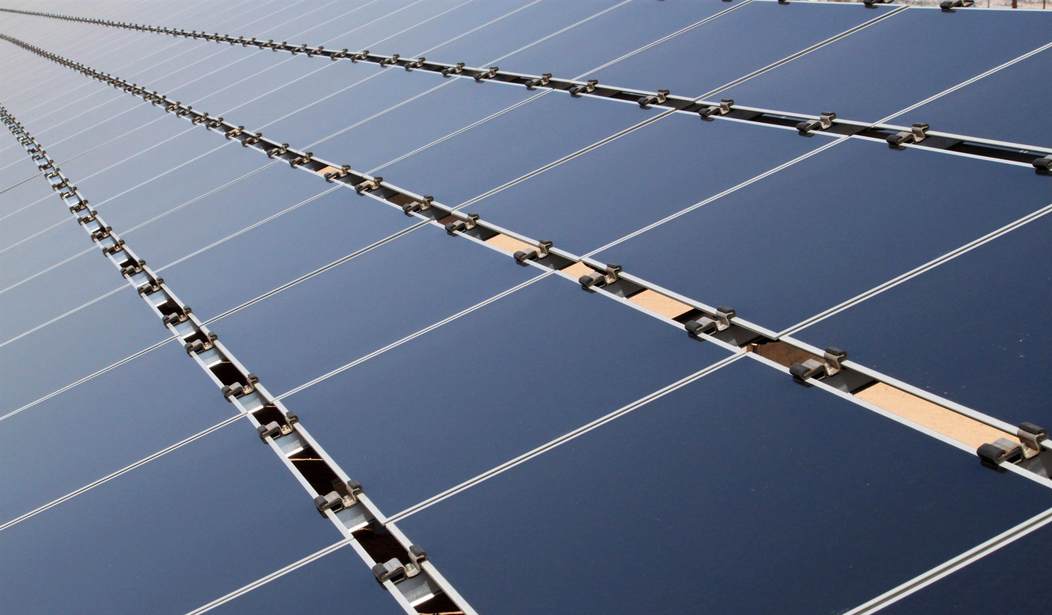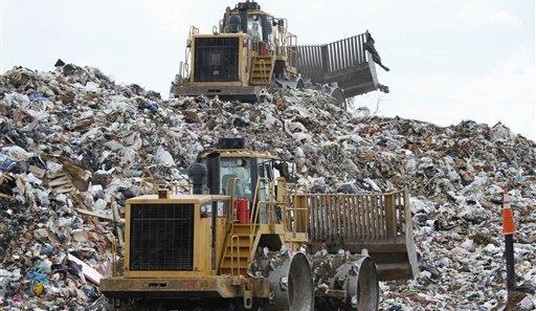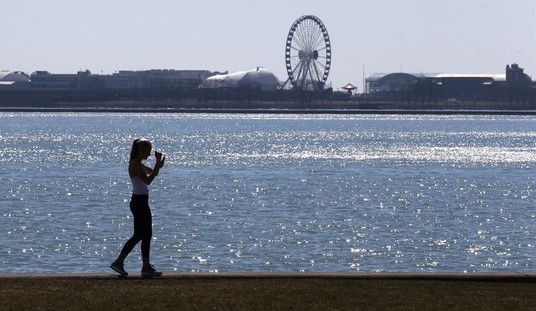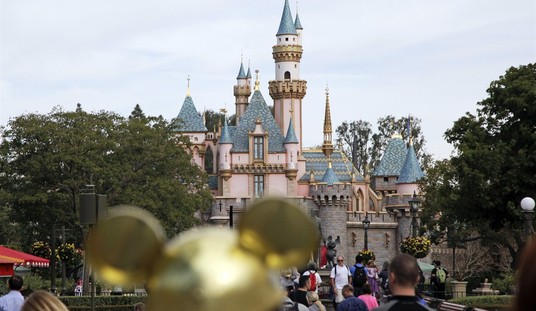In June of last year, a 14,000-panel 5.2 MW solar panel farm called the Scottsbluff Community Solar Array in Nebraska was blasted by baseball-sized hail. There wasn’t any question that the array would be brought back online because the power company had no choice. Leaving it would have been a PR disaster worse than having the array destroyed by hail.
It took 7 months to bring it back online. The cost of the repair wasn’t revealed, but when it was returned to service, NPPD announced:
[E]ven damaged panels find purpose in recycling, embodying our dedication to environmental stewardship and a circular economy in renewable energy. We are proud to demonstrate that, even in the face of challenges, our approach remains environmentally conscious and community-focused.”
Yeah, well, not exactly. Most of America’s solar panels are stamped with “Made in China." And, a professor of Geochemistry explained that solar isn’t all that environmentally “green.” Solar releases a nasty thing called nitrogen trifluoride. And, what, pray tell is NF3’s impact on the environment? It is reportedly 17,000 times worse for the atmosphere than the dreaded CO2.
And there are other inconvenient facts like 80 percent of the silicon torn from the earth during the mining is eventually lost making crystalline silicon. A cancer biologist named David H. Nguyen noted that toxic chemicals associated with solar farms include cadmium telluride, cadmium gallium, copper indium selenide, and a bunch of other nasty toxins. Sometimes you have to wreck the environment to save it.
Solar acolytes will grudgingly admit that there is a chemical downside to manufacturing solar panels – like a byproduct called silicon tetrachloride. It’s toxic and, if not handled properly, will cause severe burns. If it is inadvertently combined with water it can create hydrochloric acid. But hey, they are made in China so, never mind.
In my home state of California, solar panels are ubiquitous and obnoxious.
On the interstate headed east toward Arizona vast solar farms blacken what used to be an open desert. Soon, California will have another solar farm but this one is going to destroy the environment, to save it.
Northeast of Edward Air Force Base sits the tiny town of Boron. The surrounding desert is home to desert wildlife including the Joshua tree. It will soon be home to a vast solar farm owned by Aratina Solar Center. Joshua trees can survive 200 years in the desert heat but they won’t survive in Aratina’s heat sink of a project.
About 3,500 Joshua trees will be uprooted and destroyed to make room for the solar farm. Aratina (owned mostly by a private equity group known as KKR). To mitigate the bad press, Aratina is shredding trees on-site rather than piling them like so many corpses. And the area is home to the fungus that causes "Valley Fever" but if you don't get it sick, what's the problem?
Aratina purchased “grazing rights” on federal land to show it cares about the environment. Kinda like John Kerry flying a private jet and buying “carbon credits” to offset his carbon impact. Sure, the company is clearing the land and killing ancient trees but it’s all for the greater good.
While individual trees will be impacted during project construction, clean energy projects like Aratina directly address the existential threat of climate change caused by rising greenhouse gas emissions that threaten vastly more trees.
Joshua trees are native to Death Valley and that area has seen a high temperature of 134 degrees so I’m not buying the “we’re killing trees to save trees” claim but when you need an argument, use what you’ve got.
On completion, the project will blacken about 2,300 acres but it will generate power for up to 180,000 homes. Not the 2,300 people in Boron. Nope. Those are the unwashed. Homes on the coast where rich peeps have power-hungry Teslas will get the power. EVs don’t charge themselves.
Sometimes you gotta kill a tree, to save a tree.














Join the conversation as a VIP Member